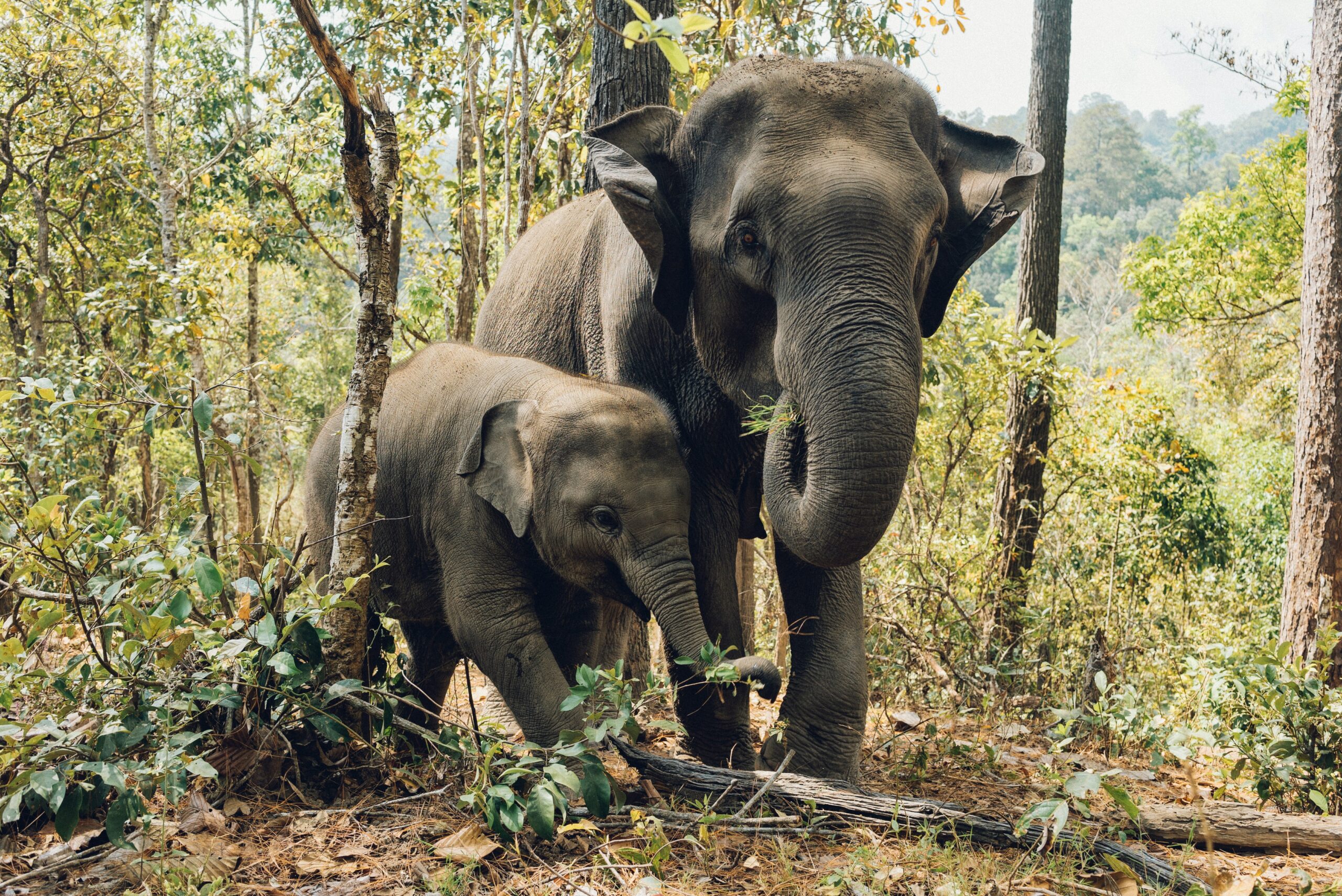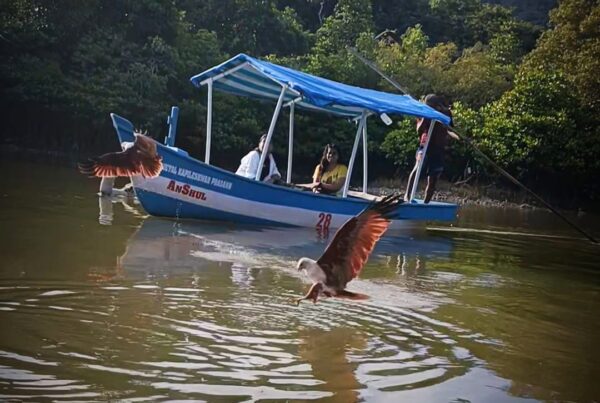Flipping through the pages of an old family album whose thin plastic flap covers had turned translucent with time, I chance upon a photograph of my young, fresh-out-of-college self proudly seated atop an ancient, sedate yak, somewhere in picturesque Kufri. The picture mirrored a considerable sense of joy and triumph, laced with a wee bit of apprehension too, given the size of the animal. And I immediately cringe!
Three decades and a lot of life experiences later, I realise that the animal in the photograph had not taken a chance fancy to me but was, in fact, forced into submission with the use of drugs, sedatives, intimidation and often, a very harsh conditioning regimen. This is a very common practice seen in most popular tourist destinations, both in India and elsewhere. Fascinating pictures and videos of wild animals, tamed and trained, and their adorable antics occupy centre-stage in glossy travel brochures and blogs. Social media platforms are inundated with snapshots of ecstatic tourists bottle-feeding cuddly tiger cubs or better still, clicking a relaxed selfie with a full-grown lion or tiger; taking a leisurely ride in a heavy, solid wood carrier mounted on an elephant or a camel; wrapping a massive python around themselves, the majestic reptile barely breathing; clapping to the synchronized aquatic manoeuvres of playful dolphins; swimming with sharks or whales confined to a metal cage; and the list goes on!
Having said that, it is important to understand that the tourism industry is just one among the many fields where covert animal abuse is rampant. Religion and its associated areas (especially in India), mediums of entertainment like television, cinema, circus, zoos and street performances, superstitious beliefs endorsed by the privileged and the plebeians alike – all exploit animals in different ways, each more ruthless than the other, only for selfish gains. And we, as tourists or patrons, unwittingly become party to that crime. Our gain is not monetary but such activities please our senses, boost our self-pride and gratify our ego by garnering instant celebrity status on social media.
Such seemingly innocuous happenings, earlier passed off as routine travel, recreational or religious practices, have now started raising eyebrows and are often found to initiate a debate on the need for a more humane man-animal interaction. As per the World Animal Protection Wild CRU Report, animals used to promote tourism or any form of entertainment, are held captive, often fettered, in very unhealthy cramped spaces. They are deliberately kept undernourished, are mercilessly beaten and broken, both physically and psychologically, to enforce obedience and compliance. This often leads to disease, grievous injury, lifelong deformity, excruciating pain and chronic depression. Does one ever see a healthy, wild elephant or a bear dancing rhythmically on one leg in the midst of thick forests? Or a majestic tiger casually strutting alongside a human, posing for that Insta-perfect selfie? Unfortunately not! Look beneath the veneer of healthy enclosures and compassionate nurture and more often than not, you shall find tell-tale signs of torture, abuse, extreme agony and a sordid saga of defeat and bondage.
Man is supposedly blessed with the highest intellectual and emotional faculties, so why is it that he uses them so sparingly and selectively? There is worldwide outrage and protest when human rights are violated, and rightfully so. But why are we so averse to lending our voices to support the basic survival rights of these hapless creatures? True, we cannot change the whole world but as individual operators we can modify our own choices and orientation. We will lose nothing if we forgo that elephant ride on our vacation or the grand elephant ritual at a festival. The Internet will not crash if we don’t post pictures of us feeding the lonely tiger cub or the diffident baby chimp! Our destiny will not be augmented by the mindless sacrifice of an owl, a kite or a slender loris at the altar of irrationality and false belief.
In recent years, fortunately, a huge worldwide movement has started gaining momentum, to stand united against animal abuse and make rights and laws for animals more stringent. We have a long way to go and the journey ahead is fraught with road blocks in terms of general public apathy and callousness, loopholes in the law, lack of awareness among people, grossly insufficient funds and limited facilities to house injured, sick, old or rescued animals.
Let us all remember that there is no bravado involved in subjecting already helpless creatures to further misery. True fortitude lies in standing up and fighting for what is right and in making compassion and sensitivity the new credo. Wild animals are best left there in the open, in the wild. As for us, well, let’s start with just ‘being human’!
***************************************
A slightly abridged version of this piece was published in The Hindu on 08 September, 2019.
https://www.thehindu.com/opinion/open-page/kick-the-camel-ride-off-the-bucket-list/article29361515.ece









